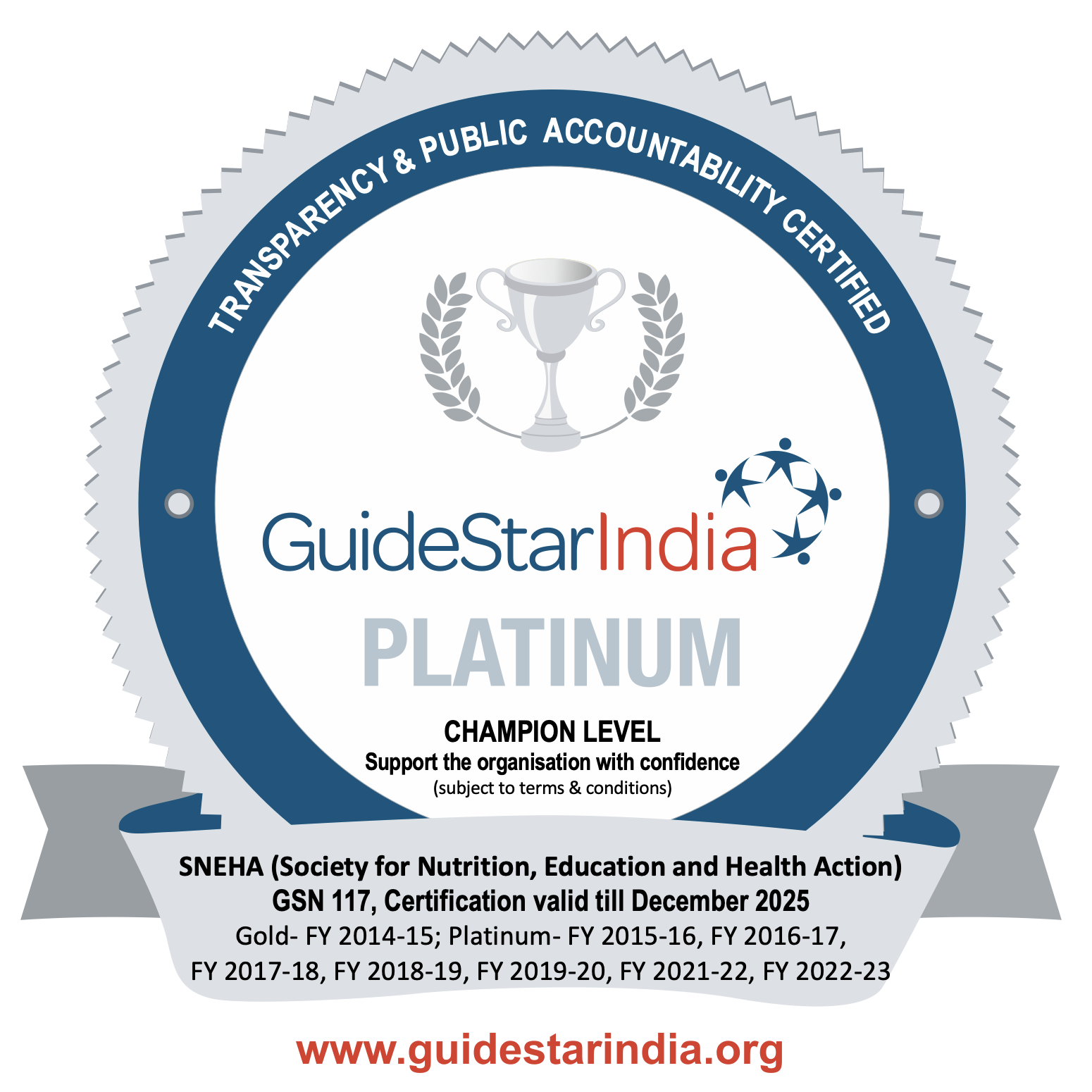Talking gender in Dharavi
Dec 6 2023 / Posted in Adolescence
Pointing at posters of Hrithik Roshan, a 13-year-old boy said that he is “fittest” and “good-looking”. Kareena Kapoor, the boy said, is beautiful because she is “fair” and has “smooth skin”.
On the other hand, Bharati Singh, though a very good comedian, is “fat” and Vinod Thakur, the dancer is not the best looking as he does not have legs. The boy was participating in an SNEHA workshop on sexuality and gender .
In a bid to get adolescents to talk openly about sex, sexuality, and gender, SNEHA has organized a series of 18 workshops for adolescents in Dharavi. As part of the program- “Managing Sexuality” a Ford Foundation grant project, these workshops delve into topics related to body image, puberty, sexual health, gender violence, and relationships, among other adolescent issues.
This session about body image is one of them.
The teenagers were also explained the difference between gender and sex. While sex is defined as biological and physiological characteristics that define men and women, gender is socially constructed roles, behaviors, and attributes that a society considers appropriate for men and women.
“Women cannot lift heavy weights. Men cannot have long hair. These are examples of gender constructs,” explained Jayshree Belwade, the program officer who conducted the session with the children.
In the session, the children were shown images of actors without make-up and also a video about how make-up and Photoshop can transform an image of a person.
“The before-after images shocked the children. We wanted them to understand that we should love people for their qualities and not for the way they look,” said Belwade.
This workshop also stressed that self-esteem should be based on one’s achievements and not on superficial qualities such as good looks. The children were encouraged to talk about what they liked about their bodies and their friends.
The need for workshops for teenagers was felt after preliminary research showed that the gender discrimination in the community was very large. “In the focus group discussions, what surprised us was that most of the teenagers, their parents, and community leaders felt that rape was the woman’s fault.
They blamed it on the woman’s clothes or behavior among other reasons. Only if the survivor is a child, they felt the perpetrator is at fault,” said Sneha Kupekar, project coordinator, Managing Sexuality.
The SNEHA team believes that these workshops will open communication channels for these children to talk about difficult issues of sexuality in safe environments and help them cope better with the realities of life.
Continue Read : Talking gender in Dharavi 2
Share:














